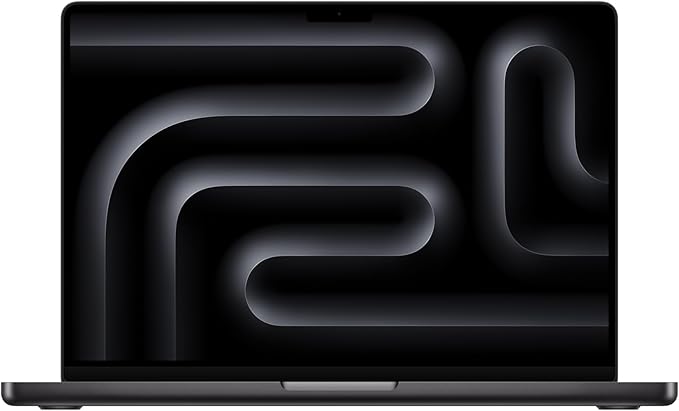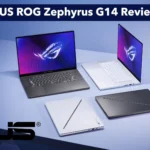If you’re an engineer, designer, or project manager working with PTC Windchill, you already know this isn’t a light piece of software. It’s a serious PLM (Product Lifecycle Management) system used by manufacturing teams worldwide — and if your laptop isn’t up to the task, it’ll show.
While Windchill itself is mostly web-based, many users run it alongside PTC Creo, CAD viewers, or local workgroup managers. That’s where a powerful, workstation-grade laptop makes all the difference.
So today, we’re cutting through the noise to help you pick the best laptops for PTC Windchill in 2025 — laptops that handle large assemblies, stay cool under pressure, and won’t choke when you open a dozen CAD windows.
Also Read: Best Laptops for Creo
⚙️ What Does PTC Windchill Actually Need?
Let’s get one thing straight: Windchill doesn’t demand monster specs to open and browse data. But in real-world engineering, you’ll often multitask — handling complex CAD models, Excel files, remote sessions, and browser-based workflows all at once.
Here’s the sweet spot for Windchill laptops in 2025:
| Component | Recommended for Smooth Performance |
|---|---|
| CPU | Intel Core i7/i9 (13th–14th Gen) or AMD Ryzen 9 HX / Ryzen AI |
| GPU | NVIDIA RTX A-series (A2000–A5000) or GeForce RTX 40/50 |
| RAM | Minimum 32 GB (64 GB ideal for large projects) |
| Storage | 1 TB PCIe Gen4/Gen5 NVMe SSD |
| Display | 15–17″ 16:10 ratio, WQHD or 4K for CAD clarity |
| Network | Wi-Fi 6E + Ethernet or Thunderbolt dock |
| OS | Windows 11 Pro |
💡 Pro tip: If your company requires ISV-certified hardware (for Creo or AutoCAD), go for NVIDIA RTX A-series GPUs. Otherwise, the high-end GeForce RTX 4070/4080/4090 chips deliver great results.
Also Read: PTC Windchill System Requirements
💻 The 7 Best Laptops for PTC Windchill in 2025
Below are the top-performing, most reliable, and future-proof laptops for professionals using PTC Windchill.
Each model was selected based on CPU/GPU performance, RAM scalability, build quality, and workstation features.
🥇 Lenovo ThinkPad P1 Gen 6 (16”) – Best Overall for Professionals
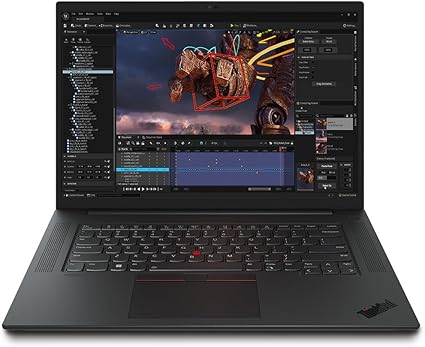
Why it stands out:
The ThinkPad P1 Gen 6 is a slim, powerful workstation with proven reliability. It’s ISV-certified, rock-solid for enterprise use, and light enough to carry between meetings or factories.
Key Specs:
- Intel Core i9-13900HX or i7-13800H
- NVIDIA RTX A2000 / A3000 / RTX 4070
- Up to 64 GB DDR5 RAM
- 1–2 TB PCIe Gen4 NVMe SSD
- 16″ 4K OLED, 16:10 aspect ratio
✅ Pros: Lightweight yet powerful, excellent keyboard, MIL-spec durability
❌ Cons: Premium pricing at higher configs, OLED drains battery faster
Ideal for: Engineers and managers who want workstation reliability in a portable form.
🥈 Dell Precision 7780 – Most Powerful Mobile Workstation
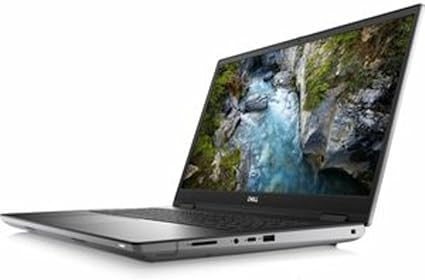
Why it stands out:
A desktop replacement in laptop form. The Precision 7780 is Dell’s powerhouse for those who live inside CAD and PLM tools all day.
Key Specs:
- Intel Core i9-13950HX or Xeon W options
- NVIDIA RTX A5000 or RTX 5000 Ada
- Up to 128 GB DDR5 RAM
- Dual NVMe slots (up to 8 TB total)
- 17.3” UHD display
✅ Pros: Extreme performance, upgradable RAM & storage, certified for Windchill & Creo
❌ Cons: Bulky, heavy, and expensive
Ideal for: Power users, CAD specialists, and enterprise engineers.
🥉 HP ZBook Fury 16 G10 – Best for Enterprise Teams
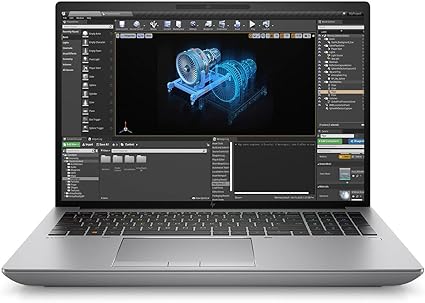
Why it stands out:
The ZBook Fury is built for corporate environments — robust security, serviceability, and expandability. It’s one of the few laptops that still supports desktop-class CPUs.
Key Specs:
- Intel Core i9-14900HX or Xeon
- NVIDIA RTX 4000 Ada or A-series GPUs
- Up to 128 GB RAM
- Up to 4 TB NVMe storage
✅ Pros: Expandable, long lifecycle support, ISV-certified
❌ Cons: Heavy, not as sleek as competitors
Ideal for: IT departments and large engineering teams standardizing hardware.
🎨 ASUS ProArt P16 AI Creator Laptop – Best Display for Designers
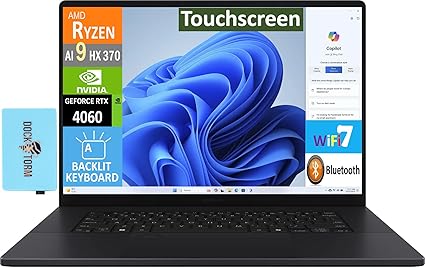
Why it stands out:
If you review 3D renders, color-coded components, or digital prototypes, this laptop’s OLED screen is unbeatable. It’s a favorite among designers and product visualization experts.
Key Specs:
- Intel Core i9-14900H or Ryzen 9 HX
- NVIDIA GeForce RTX 4070 / 4080
- 32–64 GB RAM
- 16″ 3.2K OLED Pantone Validated display
✅ Pros: Gorgeous display, solid performance, great for design + CAD
❌ Cons: Not workstation-certified; shorter battery life
Ideal for: Designers, creators, and hybrid CAD-visualization users.
⚙️ MSI WS66 (Workstation Series) – Best Thermals & Large Display
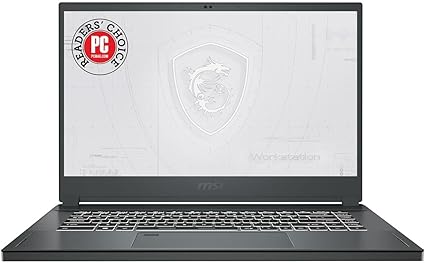
Why it stands out:
MSI’s WS lineup is underrated — excellent cooling, large 17.3″ panels, and professional RTX GPUs make it perfect for long CAD sessions.
Key Specs:
- Intel Core i9-13980HX
- NVIDIA RTX A5000
- Up to 64 GB RAM
- 17.3″ 4K 120Hz display
✅ Pros: Great cooling, big screen, strong performance under load
❌ Cons: Large chassis, moderate portability
Ideal for: Engineers who prioritize thermal performance over size.
⚡ Razer Blade 16 (2025) – Best for Portability + Power
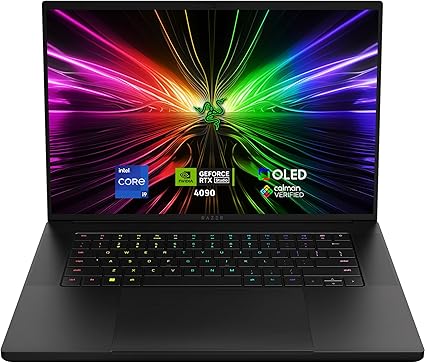
Why it stands out:
Thin, premium, and incredibly fast — the Blade 16 offers workstation power in a gaming-style body. Perfect for engineers who move around a lot.
Key Specs:
- Intel Core i9-14900HX
- NVIDIA GeForce RTX 4090
- Up to 64 GB RAM
- Mini-LED Dual-Mode Display (UHD+ / FHD+)
✅ Pros: Sleek design, high refresh rate, ultra-fast GPU
❌ Cons: Pricey; no ISV certifications
Ideal for: Freelancers or hybrid engineers needing speed + mobility.
💼 Lenovo ThinkPad P16v – Best Budget Workstations
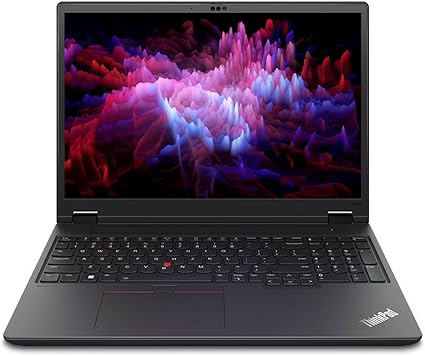
Why they stand out:
Both offer workstation reliability at a lower cost — ideal if you’re starting out or need solid performance without breaking $2,000.
Recommended Config:
- Intel i7-13700H
- NVIDIA RTX A1000 or A2000
- 32 GB RAM
- 1 TB NVMe SSD
✅ Pros: Great value, strong build quality
❌ Cons: Limited GPU power for heavy rendering
Ideal for: Students, small teams, or budget-conscious professionals.
🧩 Comparison Table — Top 5 at a Glance
| Laptop | CPU | GPU | RAM | Display | Ideal For |
|---|---|---|---|---|---|
| Lenovo ThinkPad P1 Gen 6 | i9-13900HX | RTX A3000 / 4070 | 64 GB | 16″ OLED | Portability + Power |
| Dell Precision 7780 | i9-13950HX | RTX A5000 | 128 GB | 17.3″ UHD | Heavy CAD Workloads |
| HP ZBook Fury 16 G10 | i9 / Xeon | RTX 4000 Ada | 128 GB | 16″ WQHD | Enterprise Use |
| ASUS ProArt P16 AI Creator | i9-14900H | RTX 4070 | 64 GB | 16″ OLED | Design + Visualization |
| MSI WS66 | i9-13980HX | RTX A5000 | 64 GB | 17.3″ 4K | Thermals + CAD Stability |
🧠 Buying Tips for Windchill Users
- 32 GB RAM is the real minimum.
16 GB will struggle once you open multiple large CAD assemblies. - Professional GPUs mean certified stability.
If your company requires driver certification, stick to NVIDIA RTX A-series. - Use an NVMe SSD.
Windchill’s local caches and large PLM files load faster on PCIe Gen4/5 drives. - Prefer Windows 11 Pro.
It integrates smoothly with enterprise Windchill clients and domain networks. - Dock at your desk.
A Thunderbolt dock gives you dual monitors and Ethernet — critical for heavy PLM work.
❓ Frequently Asked Questions (FAQ)
Not strictly — but if you also use Creo or handle large assemblies, a workstation GPU (RTX A-series) ensures smoother performance and better stability.
Yes. Many gaming laptops with RTX 4070–4090 GPUs handle Windchill and CAD tasks very well. Just check cooling and driver support.
Not really. Windchill and PTC Creo are optimized for Windows. macOS users can run them via virtualization, but it’s not ideal for enterprise work.
🏁 Final Thoughts
Choosing the right laptop for PTC Windchill isn’t just about raw power — it’s about reliability, thermal performance, and long-term stability.
If you want a quick verdict:
- Best overall: Lenovo ThinkPad P1 Gen 6
- Best for heavy-duty CAD: Dell Precision 7780
- Best screen & design work: ASUS ProArt P16 AI Creator
- Best on a budget: Dell Precision 5580 or Lenovo P16v
Windchill might be cloud-based, but the tools you use with it aren’t light. So, invest once — and your next three years of PLM work will feel faster, smoother, and frustration-free.
🧭 How to Choose the Best Laptop for PTC Windchill
Time needed: 5 minutes
Picking the right laptop for PTC Windchill isn’t just about performance numbers. You need a balance of CPU power, certified graphics, and reliability for daily CAD and PLM tasks. Follow these three steps to make the right choice.
- Identify Your Workload
Decide what you’ll do most:
* Basic PLM tasks → mid-range CPU, 16–32 GB RAM.
* CAD + assemblies → i7/i9 or Ryzen 9 HX, 32–64 GB RAM.
* Rendering/simulation → add RTX A-series or RTX 4070 + GPU. - Pick Certified Hardware
Choose a Windows 11 Pro workstation (Lenovo ThinkPad P1, Dell Precision, HP ZBook) with ISV-approved drivers for PTC Creo/Windchill.
- Plan for Longevity
Go for 1 TB NVMe SSD, 64 GB RAM support, and Thunderbolt docking for monitors and Ethernet.

